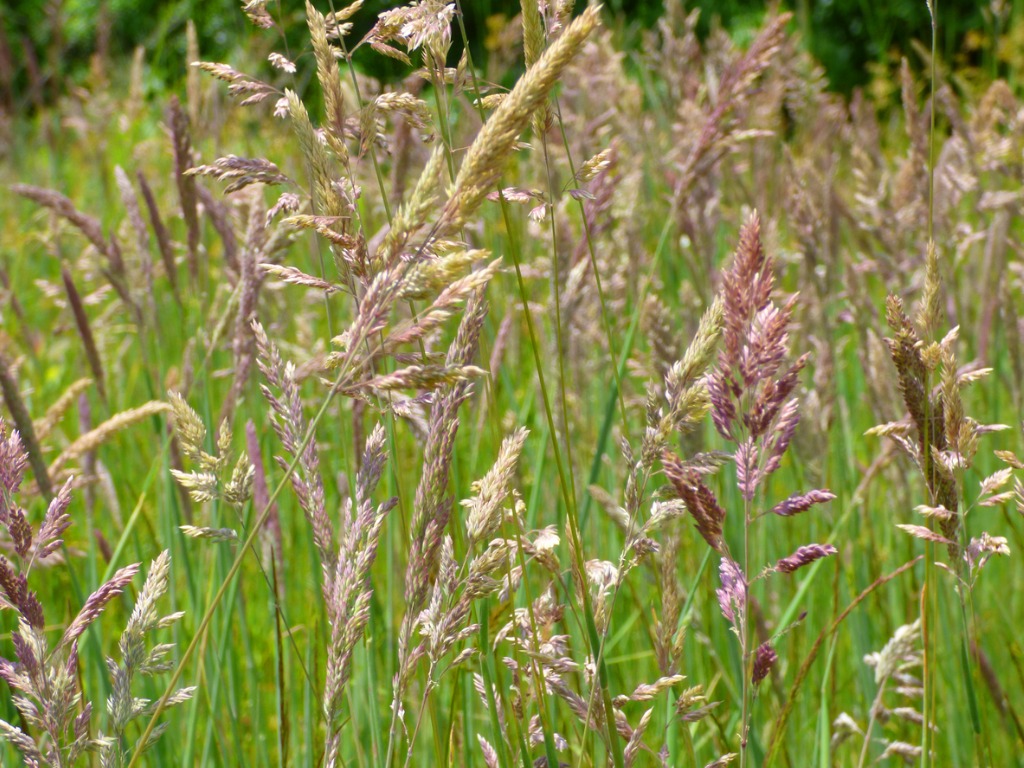Black Bent
(Agrostis gigantea)

Description
Agrostis gigantea ( Synonyms: Agrostis alba) known by its common names black bent and redtop, is a perennial grass of the Agrostis genus. It is native to Europe, but in the cooler areas of North America was widely used as a pasture grass until the 1940s. Although it has largely been replaced by soybeans and more palatable grasses, it still gets some use in poor soils. It was one of the grasses planted in areas disturbed by the Trans-Alaska Pipeline. It generally does well in response to fires, due to survival of rhizomes and seeds. It can be found in open woodland, rough grassland, hedgerows, roadsides and waste ground, and as a weed on arable land. This species is similar to Agrostis stolonifera, with the key difference being that the latter has stolons. In fact the two are sometimes treated as a single species, and it is not always clear precisely what an author means by Agrostis alba or Agrostis stolonifera. Many internet sources describe Agrostis capillaris as being the tallest of the bent species. However C E Hubbard describes its height as ranging from 10 to 70 cm high, whereas Agrostis gigantea is 40–120 centimetres (16–47 in). Marjorie Blamey, Richard and Alastair Fitter also describe black bent as being taller. The leaves are dull green. The ligule is blunt, but toothed and up to 6 millimetres (0.24 in) long. The panicle is open and loose, of green or purplish colour. It flowers from June to August. The leaves are rolled in shoot, not hairy, no auricles, but the plant has rhizomes Agrostis (bent or bentgrass) is a large and very nearly cosmopolitan genus of plants in the grass family, found in nearly all the countries in the world. It has been bred as a GMO creeping bent grass. Some species of bents are commonly used for lawn grass. This is a desirable grass for golf course teeing areas, fairways, and greens. Bentgrass is used in turf applications for its numerous advantages: it can be mowed to a very short length without damage, it can handle a great amount of foot traffic, it has a shallow root system that is thick and dense allowing it to be seeded and grow rather easily, and it has a pleasing, deep green appearance. The name "bent" refers to the shallow roots, which bend just below the surface of the soil to propagate laterally.
Taxonomic tree:







